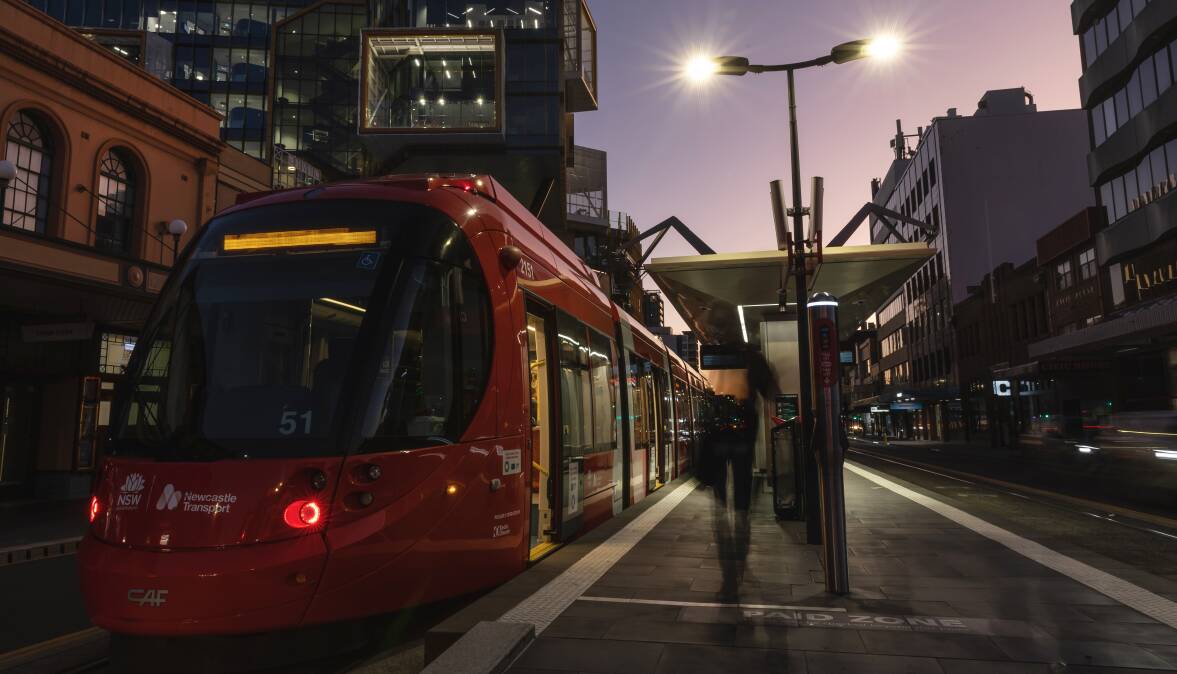
Under normal circumstances, halving the local unemployment rate in just a month to a record low would be cause for celebration.
But as businesses are still screaming for workers, the number of people employed or looking for work has dropped dramatically, artificially forcing down the unemployment rate.
According to latest employment figures, Newcastle and Lake Macquarie hit a record low of 1.8 per cent in October, down from 3.6 per cent in September.
The participation rate, which measures the proportion of people working or actively looking for it, also dropped sharply from 68.3 per cent to 65 per cent, pushing the number of unemployed lower.
Business Hunter chief executive Bob Hawes said the figures were troubling, particularly with worker shortages still very apparent across the region.
"It's a false-positive reading in a sense - normally we'd be celebrating the low unemployment if the circumstances were different," Mr Hawes said.
"It could suggest there are elements of the workforce that have given up looking for work at a time when employers are still putting ads out there to recruit more staff."
The participation rate dropped below the pre-COVID levels after reaching record levels earlier this year. In contrast, the overall demand for workers based on job ads across the region remains unchanged since July, with close to 7000 jobs on offer again in October.
Mr Hawes said the region's businesses seeking to employ more workers were reporting a skills and experience mismatch in job applicants.
"In this scenario you've got employers who can't find the right candidate, and candidates who can't find the right role," he said.
"There's a level of misery on both sides of the equation."
Mr Hawes said while the monthly figures can be highly volatile, certain trends will be important to monitor.
"In October we saw a reversal of most of the full-time job growth experienced across the region in August and September, with a flight back to part-time roles," he said.
"This could be very concerning in terms of a signal of softening demand for full-time roles."
In the Hunter Valley, the unemployment rate rose slightly, from 3.5 per cent in September to 3.9 per cent in October.
A drop in the number of full-time jobs in the Hunter Valley was offset by an increase in part-time roles and the participation rate was virtually unchanged.
The youth unemployment rate (15 to 24) continues to fall across the region. In Newcastle and Lake Macquarie, it dropped to 3.7 per cent in October from 4.5 per cent in September and from 9.5 per cent to 6.9 per cent in the Hunter Valley, a total decrease of 1300 youths.
"These youth unemployment rates continue to be well below the long-term averages for the region, and even though there was a drop in participation rates, there is a very small pool of youth actively looking for work currently compared to pre-COVID levels," Mr Hawes said.
"This continues to suggest it's a very tight labour market for this cohort."







